Chapter 9: Human Rights of Women
Chapter Summary
- Overview
- Profile: Ex-Child “Slave” Sin Vann Helps Others Escape the Darkness
- Project: Making Cities Safe for Women
- Questions
- Additional Resources
Chapter 9 discusses the intersection of human rights and women’s rights. The Convention on the Elimination of All Forms of Discrimination Against Women (CEDAW) was adopted by the United Nations General Assembly in 1971, during the UN Decade for Women. It is a binding international instrument that mandates signatory parties to take all appropriate measures to facilitate the advancement of women and the upholding of their human rights. The Beijing Declaration of Action, an outcome of the 1995 Beijing Conference, set forth three objectives relating to the human rights of women: protecting women’s human rights through implementing rights-based instruments, ensuring quality and nondiscrimination through the rule of law, and achieving legal literacy as a means to women’s political empowerment.
The text highlights two very different case studies, one within the Cambodian rescue industry and one in the context of participatory urban development. Sina Vann, a former victim of sexual servitude, runs a rehabilitation and education program called “Voices for Change” in Cambodia, where she works with women and girls that have been subject to forced labour and sexualized violence. Montreal-based urban planning organization Women in Cities International (WICI) collaborates with community-based organizations in urban spaces around the world to make cities safer for women.
Key Terms
- Acting for Women in Distressing Situations (AFESIP) Cambodia
- Centro de Intercambino y Servicios Cono Sur Argentina (CISCSA)
- Convention on the Elimination of all forms of Discrimination against Women (CEDAW)
- Gender Inclusive Cities Program (CIGP)
- International Centre and Network for Information on Crime
- Sina Vann
- Somaly Mam
- United Nations Trust Fund to End Violence Against Women
- Women in Cities International (WICI)

Overview
By Robin N. Haarr
Human rights and fundamental freedoms should be birthrights, but across the globe some countries fail to accord human rights to women. Moreover, women are often victims of human rights abuses. Women’s human rights are abused when they cannot participate in decisions that affect their lives and are denied political participation and fair representation, when they are prevented from going to school or receiving health care, when they face discrimination in employment, when they are denied equal rights to own land and property, when they suffer from violence within their homes and when they are subjected to harmful traditional practices such as genital mutilation and honor killings.
Recognition of women’s rights began in some countries as they evolved from feudal into more representative forms of government. In the United States, awareness of women’s rights came with the ideals of the American Revolution. Strong and intelligent women such as Abigail Adams, wife of the second U.S. president, John Adams, demanded fair and equal treatment, and warned presciently, “If particular care and attention is not paid to the ladies, we are determined to foment a rebellion, and will not hold ourselves bound by any laws in which we have no voice or representation.” She also advocated equal access to education for girls, writing to her husband, who then represented the new American republic in Paris: “I regret the trifling narrow contracted education of the females of my own country.” Women’s suffrage movements began in the United States and Great Britain in the mid-19th century and in a few European countries in the early 20th century.
Women’s human rights only emerged as a global movement during the United Nations Decade for Women (1976-1985), when women from many different geographic, cultural, religious, racial and class backgrounds came together and organized to improve the status of women. It was during this decade that the United Nations sponsored several women’s conferences — Mexico City in 1975, Copenhagen in 1980 and Nairobi in 1985 — to evaluate the status of women and to formulate strategies for women’s advancement.
An International Women’s Bill of Rights
The Convention on the Elimination of All Forms of Discrimination Against Women (CEDAW), a key international agreement on women’s human rights, was adopted by the United Nations General Assembly in 1979. CEDAW is often described as an international bill of rights for women. Its preamble and 30 articles aim to eliminate gender discrimination and promote gender equality. The convention defines discrimination against women as “any distinction, exclusion or restriction made on the basis of sex” that impedes women’s “human rights and fundamental freedoms in the political, economic, social, cultural, civil or any other field.” It sets an agenda for national action to end such discrimination, requiring all parties to the convention to take “all appropriate measures, including legislation, to ensure the full development and advancement of women” and guarantee their fundamental freedoms “on a basis of equality with men.”
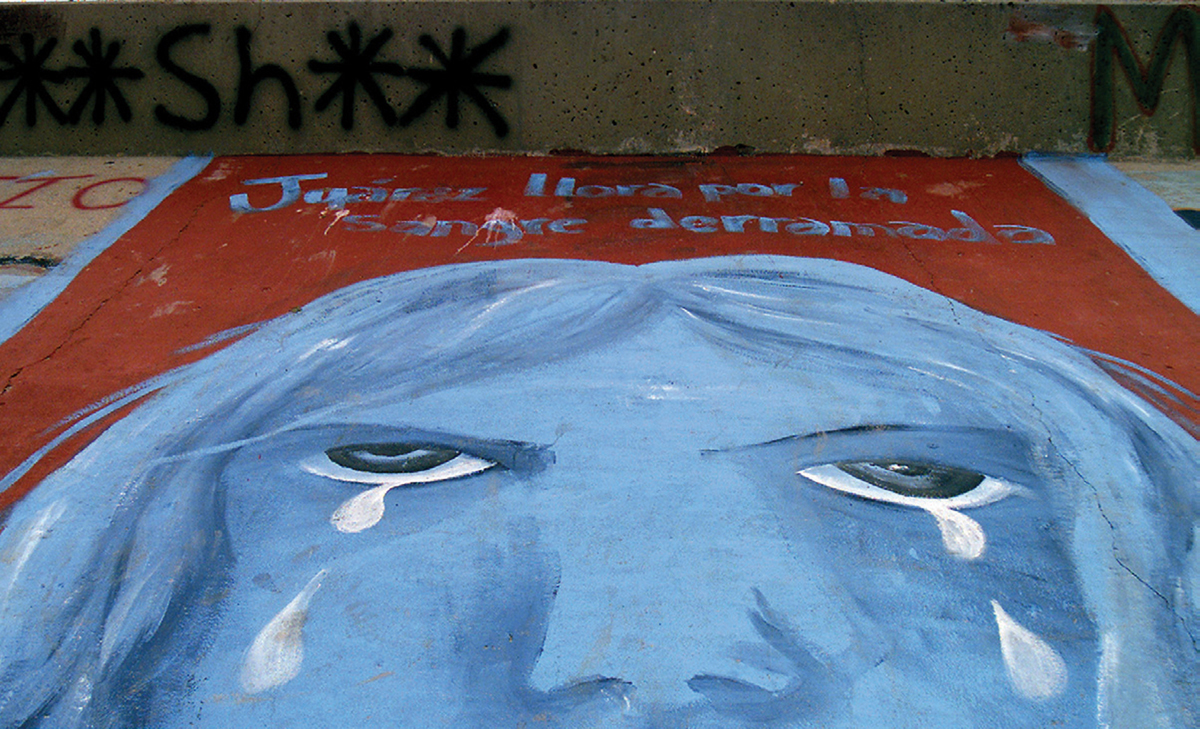
As of 2009, 186 United Nations member states had ratified CEDAW. The Obama administration strongly supports this treaty and is committed to U.S. ratification. State parties to CEDAW agree to incorporate principles of gender equality into their national constitutions or other appropriate legislation; to adopt appropriate legislation and other measures that prohibit discrimination against women; and to establish legal protections of their rights on an equal basis with men.
Women’s human rights apply to both the “public” and “private” spheres of women’s lives. For many governments, however, addressing women’s rights in the “private” sphere is challenging because the private sphere is often thought to be beyond the purview of the state, exempt from governmental scrutiny and intervention (UNIFEM [now UN Women], About the Convention). As a result, in many countries, discrimination and violence against women and girls that occur in the family and under the guise of religious and cultural traditions and practices continue to remain hidden in the private sphere, where perpetrators of such human rights abuses typically enjoy impunity for their actions.
Women’s Rights as Human Rights
Since the 1980s, women around the world have come together in networks and coalitions to raise awareness about problems of discrimination, inequality and violence. They have used a human rights framework to fight for women’s rights in the family, social, economic and political arenas. An important outcome of the 1995 Beijing Fourth World Conference on Women was the Beijing Declaration and Platform for Action. These documents embody the international community’s commitment to advance and empower women and remove obstacles in the public and private spheres that have historically limited women’s full participation. The Platform for Action sets forth three strategic objectives related to the human rights of women: to promote and protect women’s human rights through the full implementation of all human rights instruments (especially CEDAW), to ensure equality and nondiscrimination under the law and in practice, and to achieve legal literacy. Governments bear the main responsibility, but persons, organizations and enterprises are important in taking concrete actions to improve women’s lives.
Then-U.S. first lady Hillary Clinton famously declared at the 1995 Beijing conference that “human rights are women’s rights,” adding, “Women must enjoy the right to participate fully in the social and political lives of their countries if we want freedom and democracy to thrive and endure.”
CEDAW and the Beijing Declaration and Platform for Action signaled the successful mainstreaming of women’s rights as human rights. Although the Beijing Declaration and Platform for Action are not legally binding, they do carry ethical and political weight and can be used to pursue local, regional and national efforts to address women’s human rights. CEDAW is a treaty that is binding on its parties.
The principles and practices related to women’s human rights are continuously evolving. The large body of international covenants, agreements and commitments to women’s human rights developed over the past several decades provides women with an alternative vision and vocabulary to confront violations to their human rights. Such guidelines are important tools for political activism and a framework for developing concrete strategies for change.
Robin N. Haarr is a professor of criminal justice at Eastern Kentucky University whose research focuses on violence against women and children and human trafficking, nationally and internationally. She does research and policy work for the United Nations and U.S. embassies, and has received several awards for her work, including induction into the Wall of Fame at Michigan State University’s School of Criminal Justice, and the CoraMae Richey Mann “Inconvenient Woman of the Year” Award from the American Society of Criminology, Division on Women and Crime.
PROFILE: Ex-Child “Slave” Sina Vann Helps Others Escape the Darkness
By Eric Green
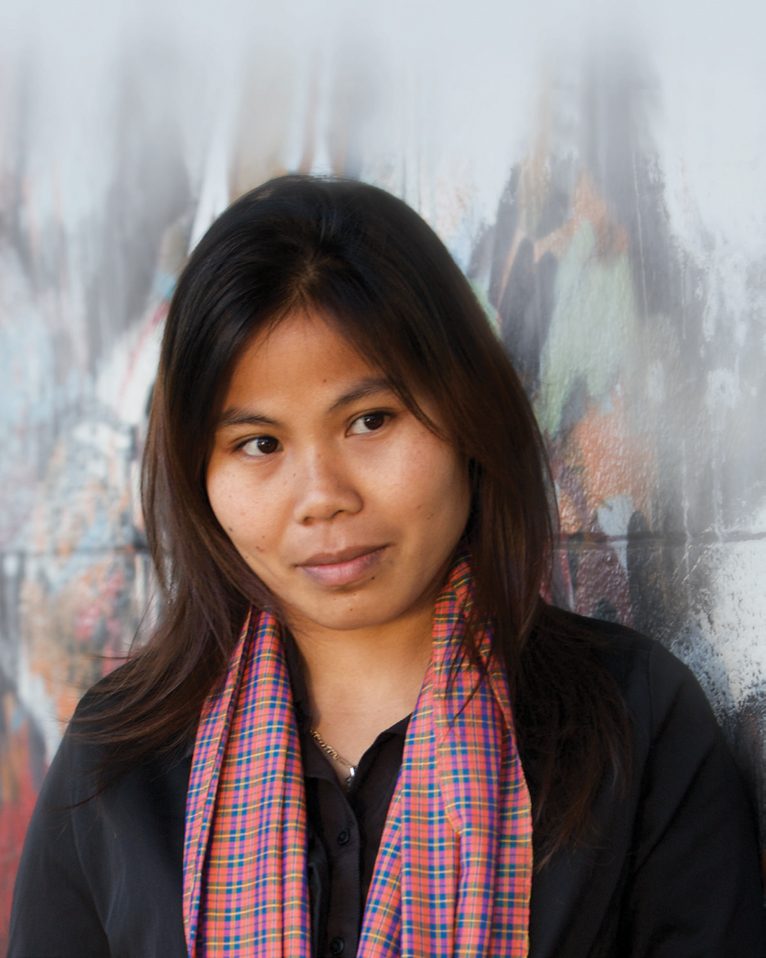
It would be understandable if Sina Vann tried to forget her real-life nightmare: being enslaved as a 13-year-old and forced into prostitution for two years in Cambodia. Girls in Vann’s former predicament, trapped as sex slaves, never know the difference between night and day. They are imprisoned in underground cages until brought into a room where they are forced to have sex with one customer after another.
Though her childhood innocence was stolen from her, Vann, now 25, returns often to the scene of the crime to save other girls dehumanized by the sex trade industry. The girls can be as young as 4 years old.
“When I go to the brothels, I always say things to the girls to motivate them,” says Vann. “I share my personal background of how I lived in a brothel too. I tell them you’re not alone, there are many other victims and survivors who are living in rehabilitation centers and that there are people who care and are always thinking about you. We offer them warmth and love.”
As she speaks in a phone interview from Cambodia, the English language Vann has been learning comes across softly but in determined and confident tones. She describes how her life has turned around since she was ensnared for two years as a sex slave.
Vann was rescued during a 1998 raid organized by anti-sex slavery activist Somaly Mam. Mam is also a sex slave survivor who documented her experience in an autobiography, The Road to Lost Innocence. The nongovernmental foundation she created in 1996, called AFESIP Cambodia (Acting for Women in Distressing Situations), has rescued more than 6,000 young women and girls since its founding. It runs large shelters in Southeast Asia for the girls’ rehabilitation and return to normal lives.
Vann now leads Somaly Mam’s “Voices for Change” program, where she speaks out for sex slaves unable to speak for themselves. “We work directly with the victims to build warm relationships and listen to their experiences,” she says.
At the brothels, Vann educates young women about the dangers of contracting HIV/AIDS and other sexually transmitted diseases when they are forced to have unprotected sex with clients. Many women are unaware they can die from HIV/AIDS, Vann says, “so I tell them the importance of the clients using condoms.”
Vann finds it difficult to explain how she overcame the trauma of being trapped in the prostitution industry. But it’s easier for her to say where her motivation to help others comes from: “Somaly Mam and the AFESIP staff did so much to change me while I lived at the [organization’s] rehabilitation center. And I get much motivation from the young residents who live there. These girls are so lovely — their smiling faces make me feel strong to be able to help them.”
Somaly Mam says she has seen a remarkable positive transformation in Vann since Mam helped police authorities rescue the Vietnamese native, then 14, from the brothels. “Sina has changed completely since the first time I met her at the rehabilitation center,” says Mam. “She was so broken. She didn’t speak to me and was destructive, trying to break everything in the center. I put my hand in hers and didn’t say a word, but let her know I understood what she was feeling.”
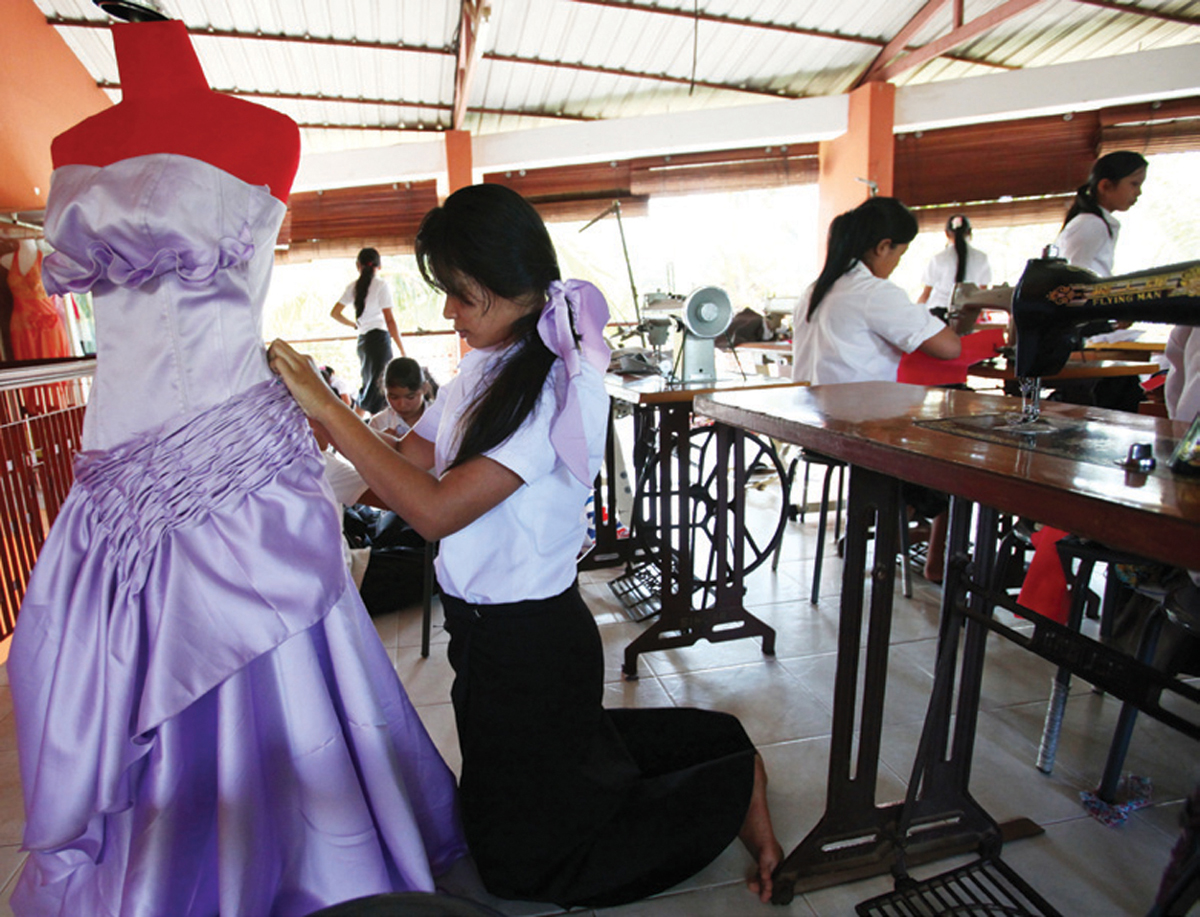
Now the mentee motivates the mentor. “Sina is so strong and brave. I admire her. She inspires me every day. She gives her heart to all the other” victims at the center, Mam says.
She adds that the former victims learn how to become independent: “The girls go to school and do homework” and gain job skills that include how to sew and style hair. “For me, I enjoy seeing the girls be happy again. They’re like my family.”
Mam’s foundation said Vann’s story is instructive in the global fight against sex slavery — for people unaware that sex slavery is happening, for those who want to end it, for women still trapped in brothels and for “the survivors who are emerging from the darkness and need inspiration to rebuild their lives.”
Vann says she has learned the laws on human trafficking and has become familiar with basic counseling and psychology as part of her training with AFESIP. She also does the grueling and sometimes dangerous groundwork of documenting abuses and preparing complaints for police investigative and legal teams to issue arrest warrants to brothel operators. She recalls a frightening and “rewarding” experience of rescuing a sex slave victim who was only 4 years old that involved a violent confrontation with brothel owners to free the child from a cage.
Vann won the 2009 Frederick Douglass $10,000 prize, which is awarded by the Washington-based nongovernmental organization Free the Slaves. It is presented to those who have survived a form of slavery and help others find purpose in their lives. The award, named for a U.S. statesman who escaped from bondage in 1838 to become a leader in the movement to abolish slavery, emphasizes that many survivors of modern-day slavery go on to help others to freedom.
Vann says the award is important “for all the victims and survivors” of sex slavery who live around the world. She uses the award to explain that “we are strong to fight” the sex predators, she says.
Free the Slaves maintains that “widespread impoverishment of people and their resulting vulnerability and government corruption” that does not protect women from the “violence of enslavement” drive 21st-century slavery. The group says slavery occurs “when one person completely controls another person, using violence to maintain that control, exploits them economically, pays them nothing and they cannot walk away.”
Vann says young sex slaves include those “trafficked by their own families for money,” while the traffickers are “thinking of their own profits and not the happiness of others.”
Though she suffered an unspeakable childhood horror, Vann has not allowed it to destroy her. “I am very happy because the world is concerned” about fighting the sex slave industry. Former sex slaves, she says, are being “given a chance to return to society with honor and dignity.”
Eric Green is a freelance writer based in Washington. He has covered international issues for the U.S. State Department and the United States Information Agency and has been a Senate press aide and a newspaper reporter for the Washington Post and other newspapers.
PROJECT: Making Cities Safe for Women
By Maria Jain and Suhgenie Kim
Women and girls are the keys to building safer cities. So say members of a unique organization that gives women tools to protect themselves and function effectively in urban environments.
Women in Cities International (WICI) is a groundbreaking program that promotes women’s safety in four of the world’s major cities. Responding to the challenges of urbanization, the organization works with women and girls to fulfill their rights to the city, defined as the right to live, move around and work.
“A girl is waiting for the bus, but it arrives full and doesn’t even stop. A man invites her for a coffee and she says no. He tells her that it doesn’t matter; she has to go with him anyway. The girl threatens to call the police but the man drags her away and rapes her.” This is the safety concern expressed by a 13-year-old girl from Rosario, Argentina.
Across the world’s cities, women and girls too often feel unsafe. Targeted simply because they are women, they are exposed to daily harassment and sexual violence in public spaces. But a growing network of organizations has successfully brought safety for women in urban environments around the world.
In 2009, the Montreal-based nonprofit organization Women in Cities International launched the Gender Inclusive Cities Programme (GICP), an innovative program designed to engage women and girls in creating safer cities. The program is implemented by partner organizations in four cities: Jagori in New Delhi, India; the International Centre and Network for Information on Crime — Tanzania, in Dar es Salaam, Tanzania; CISCSA (Centro de Intercambio y Servicios Cono Sur Argentina) — the Women and Habitat Network in Rosario, Argentina; and the Information Centre of the Independent Women’s Forum in Petrozavodsk, Russia. The program targets circumstances that make women and girls vulnerable to urban violence and engages local communities in making public spaces safer.
GICP is supported by the United Nations Trust Fund to End Violence Against Women, a leading global grant-maker exclusively dedicated to addressing violence against women and girls. With a strong track record of nurturing innovation and catalyzing change, the U.N. Trust Fund provides the project with vital leverage to make a significant contribution to women’s rights in cities.
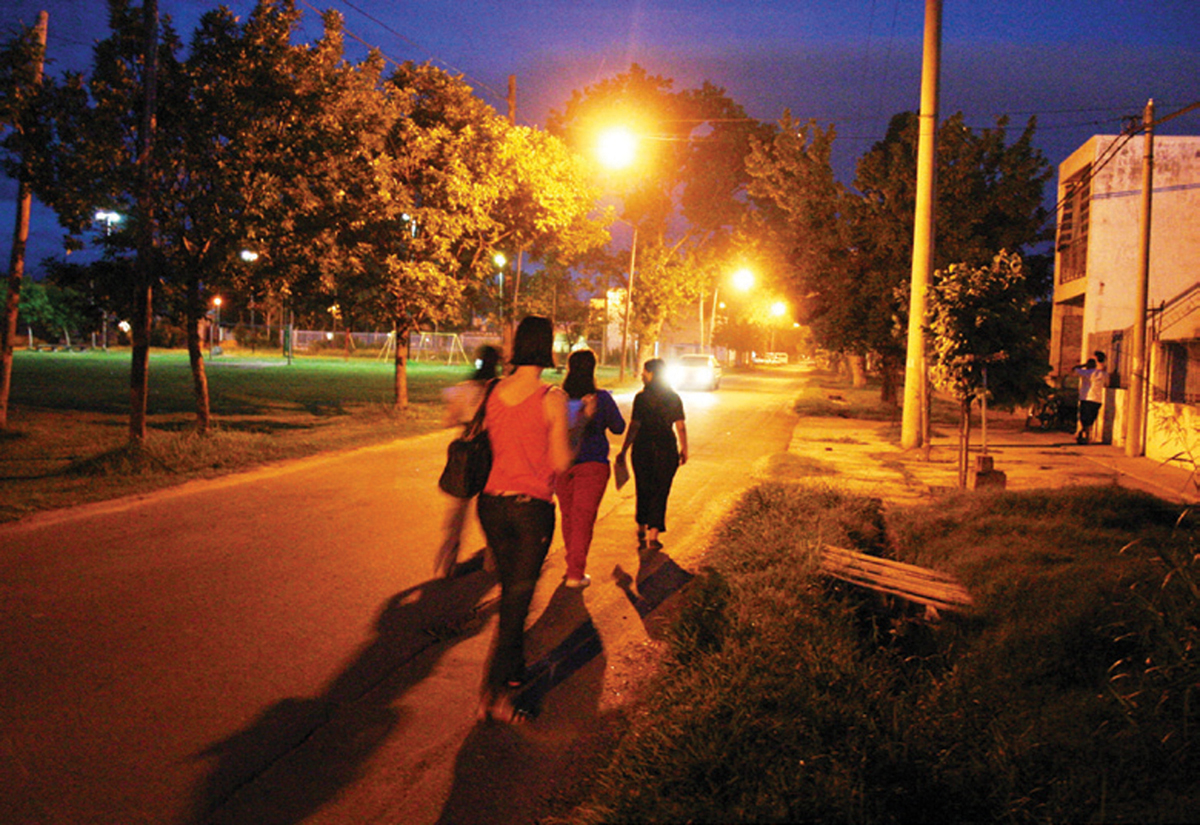
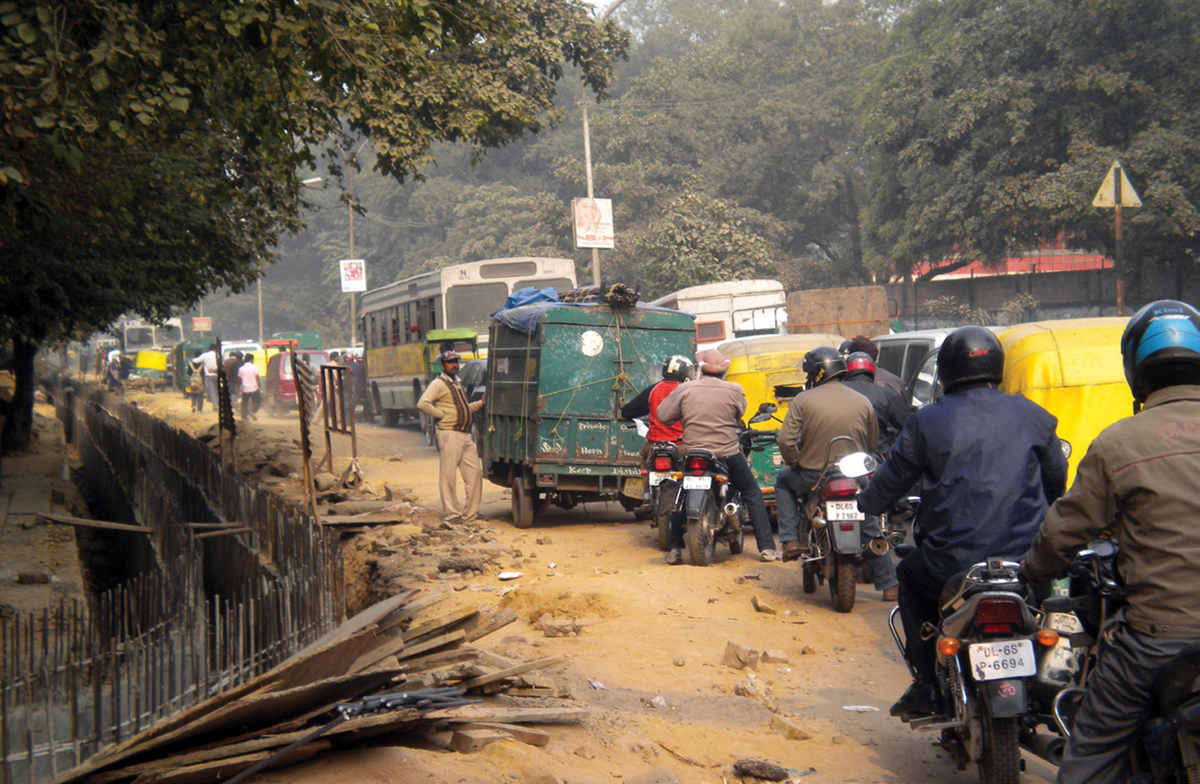
“In all the cities, women face fear. They are fearful of sexual harassment, of sexual assault. Across the cities, women say they try to avoid getting out at night. The moment it becomes dark, the city becomes a more hostile place for women. Women say using public transport is a problem,” states Dr. Kalpana Viswanath, project coordinator. “This clearly indicates that women are not equal citizens of the city, they are not able to equally access what the city can offer.”
WICI and its partners engage women and girls in participatory research activities such as street surveys, neighborhood safety audits and group discussions to gather their knowledge on key safety concerns in their communities. Poor street lighting, broken pavements and lack of signage, along with the presence of drug dealers and youth gangs, are some of the main reasons women feel afraid outside their homes. Using the critical input from women and girls, WICI and its partners develop intervention plans and engage with governments and other organizations to build more gender-inclusive urban spaces.
While reforming physical infrastructure is central to gender-equitable urban development, transforming attitudes toward women in society is equally important. A foundation for a truly safe city for all depends on positive changes in public perception of gender norms and behaviors among individuals, families and communities.
Halfway through the three-year project, WICI has already made significant progress. In Petrozavodsk, Russia, a landmark agreement with local police chiefs will develop data on crimes based on information from women and girls. The creation of such quantitative data is unprecedented in Russia and makes women’s safety concerns visible to policymakers.
Local officials in a low-income community in Dar es Salaam have begun a community policing intervention. Neighborhood watch groups monitor the area and work with the police to address security concerns. As a result, residents report improved safety in public areas. Muggings have decreased from a minimum of 10 per day to three per week. In the words of one woman from the community, “I feel confident when I walk the streets. I know for sure that I have right to walk without feeling afraid and I appreciate myself more and can talk about issues on our safety in public meetings.”
In New Delhi, the Indian lead of GICP was invited by the city’s Municipal Corporation to provide inputs into a road redesign project. This is the first time that women’s safety concerns are included in urban planning in the country.
The secretary of community security for Santa Fe Province in Rosario has committed to enhancing women’s inclusion in urban space development in the target locality of the city. For the girl at the bus stop, such commitment promises to create a city where she can wait without fear in a well-illuminated area among male passengers who respect her right to move around the city.
Maria Jain and Suhgenie Kim are program analysts at the United Nations Trust Fund to End Violence Against Women in New York. They work closely with the fund’s grantees, who develop and implement approaches that protect women’s rights worldwide.
Multiple Chocie Questions
Questions
- Which international instrument is legally binding?
- The Convention on the Elimination of All Forms of Discrimination Against Women (CEDAW)
- The Beijing Declaration and Platform for Action
- Declaration on the Elimination of Violence Against women
- Millennium Development Goals (MDGs)
- None of the above
- The strategic objectives of the Beijing Platform for Action include:
- Promoting and protecting women’s human rights through the full implementation of human rights instruments
- Ensuring equality and non-discrimination in both law and practice
- Achieving legal literacy
- All of the above
- None of the above
- The responsibility for implementing international human rights instruments falls to…
- Governments only
- Civil society and enterprise only through advocacy and implementation
- Primarily governments; civil society and business by way of advocacy
- Primarily civil society; limited responsibility on the part of governments
- None of the above
- According to the chapter, AFESIP Cambodia…
- Engages in rescue missions to save girls who are entrapped as sex slaves in Cambodia
- Works to address political and economic insecurity that drives people into situations of labour exploitation
- Organizes women and girls in low-wage industries to lobby for their own human rights
- Runs education programs among sex slaves in Cambodia
- According to the chapter, concerns particularly prevalent among women in urban spaces include…
- Fears of sexual harassment
- Sexual assault
- Fear of going out at night
- Using public transport
- All of the above
- The end goal of planning a truly safe city is…
- Only changes in physical infrastructure (including improved lighting in public spaces)
- Reforming physical infrastructure as well as social attitudes towards women
- Only changing attitudes towards women and girls
- Conducting advocacy work around gender equality and access to public spaces
- None of the above
Answers
- The correct answer is CEDAW (answer A). States that have ratified the convention must submit status reports to the committee on their implementation every four years. Declarations are generally non-binding (so answers B and C are incorrect). The MDGs are also not legally binding, so answer D is incorrect.
- The correct answer is D (all of the above). There are three strategic objectives of the Beijing Platform for Action, which include promoting and protecting women’s human rights through the full implementation of human rights instruments, ensuring equality and non-discrimination in both law and practice, and achieving legal literacy.
- The correct answer is C. Governments have the primary responsibility to implement human rights conventions, and civil society has an important role to play in taking actions to keep government accountable as duty bearers as well as in the context of implementation and service provision.
- The correct answer is A. AFESIP Cambodia partakes in rescue missions to save girls that it deems as entrapped as sex slaves. The organization does not direct its energy to addressing political and economic insecurities that may lead to forced labour, so answer B is incorrect. AFESIP claims to speak for women who ‘cannot speak for themselves,’ so they do not organize women to lobby for their own human rights, so answer C is incorrect. Answer D is correct, as the chapter clearly noted that education programs are run in Cambodia for girls who are exploited as sex slaves.
- The correct answer is E (all of the above).
- The correct answer is B. Creating a safe city for men and women requires both reforming physical infrastructure and social attitudes toward women.
Discussion Questions
- What are some key factors that might render someone vulnerable to forced labour or sexual servitude? Examine the case study on sex trafficking and slavery in Cambodia for ideas.
- How is trafficking perpetuated in the media and in popular discourse? Who are most commonly portrayed as the victims of trafficking, and who are portrayed as the perpetrators?
- Do you consider the community you live in – urban or rural – safe for women? What instances of danger for women, including violence against women, harassment in the workplace, or sexual assault, are prevalent in your community? Are there any local initiatives that are underway to address these problems?
- Why is quantitative data considered valuable when trying to persuade policymakers? What are the limitations of relying on quantitative data when working to advance gender equality?
- How have women participated in the urban design field? Are their influences and achievements recognized? Why or why not?
Essay Questions
- Discuss the implementation of CEDAW. Is the convention legally binding? What are mechanisms that the United Nations uses to enforce international human rights instruments? Why have some countries chosen to night sign or support CEDAW?
- Do you think it is accurate to compare forced labour in the 21st century to transatlantic or chattel slavery? Look at external sources to find some similarities and differences.
- Does the inadequate representation of women in urban planning impact the material design of infrastructure? If more women were involved in city planning, would urban landscapes be different?
Additional Resources
Al Jazeera. “Truth or Lies: Somaly Mam.”
Video on Al Jazeera’s investigation into the story of Cambodian anti-trafficking crusader Somaly Mam.
http://www.aljazeera.com/programmes/101east/2015/02/truth-lies-somaly-mam-150204125917184.html
Agustín, L. The Naked Anthropologist.
Blog by Dr. Laura Agustín on migration, sex work, trafficking, and the rescue industry.
Beyond Trafficking and Slavery. OpenDemocracy.
A series that combines scholarship, journalism and evidence-based policy to uncover the political, economic, and social root causes of labour exploitation.
https://www.opendemocracy.net/beyondslavery
Cojocaru, C. “My Experience is Mine to Tell: Challenging the Abolitionist Victimhood Framework.” Anti-Trafficking Review 7(2016).
Written by a formerly trafficked person and introduces the concept of ‘secondary exploitation.’
http://www.antitraffickingreview.org/index.php/atrjournal/article/view/198
Committee on the Elimination of all forms of Discrimination against Women (CEDAW). United Nations Human Rights: Office of the High Commissioner.
Homepage of CEDAW, the body of independent experts that monitors states’ implementation of the Convention on the Elimination of all forms of Discrimination against Women.
http://www.ohchr.org/en/hrbodies/cedaw/pages/cedawindex.aspx
Hoefinger, H. “Neoliberal Sexual Humanitarianism and Story-Telling: The Case of Somaly Mam.” Anti-Trafficking Review 7, 56 – 78: (2016).
Outlines the story of Somaly Mam and the ability of trafficking narratives to muster deep emotions among audiences and cause harm to already marginalized populations.
http://www.antitraffickingreview.org/index.php/atrjournal/article/view/200/189
International Labour Organization (ILO). “Forced Labour, Human Trafficking and Slavery.”
ILO webpage on forced labour and trafficking with key facts, labour standards, and reports.
http://www.ilo.org/global/topics/forced-labour/lang–en/index.htm
International Union of Sex Workers.Website for the International Union of Sex Workers, containing campaign updates and publications.
Office of the High Commissioner for Human Rights. “Frequently Asked Questions about a Human Rights Based Approach to Development Cooperation.”
Information on the objectives and processes of the human rights-based approach.
http://www.ohchr.org/Documents/Publications/FAQen.pdf
Small, A. “How to Design a City for Women.” CityLab.
Article on successful gender mainstreaming planning in Vienna during the 1990s.
http://www.citylab.com/commute/2013/09/how-design-city-women/6739/
Rustin, Susanna. “If Women Built Cities, What Would Our Urban Landscape Look Like?” Guardian.Analysis of women’s historical and current role in urban planning and urban design.
Women in Cities International (WICI).
Website for WICI, a network of non-profits focusing on gender equality and the participation of women in urban development.
Yeoh, B. “Migration and Gender Politics in Southeast Asia.” Migration, Mobility & Displacement 2(1), 74 – 88: (2016).
Contains an analysis of the micropolitics reproduced by men and women both partaking in and resisting cultural shifts and economic development.
https://journals.uvic.ca/index.php/mmd/issue/view/916/showToc

